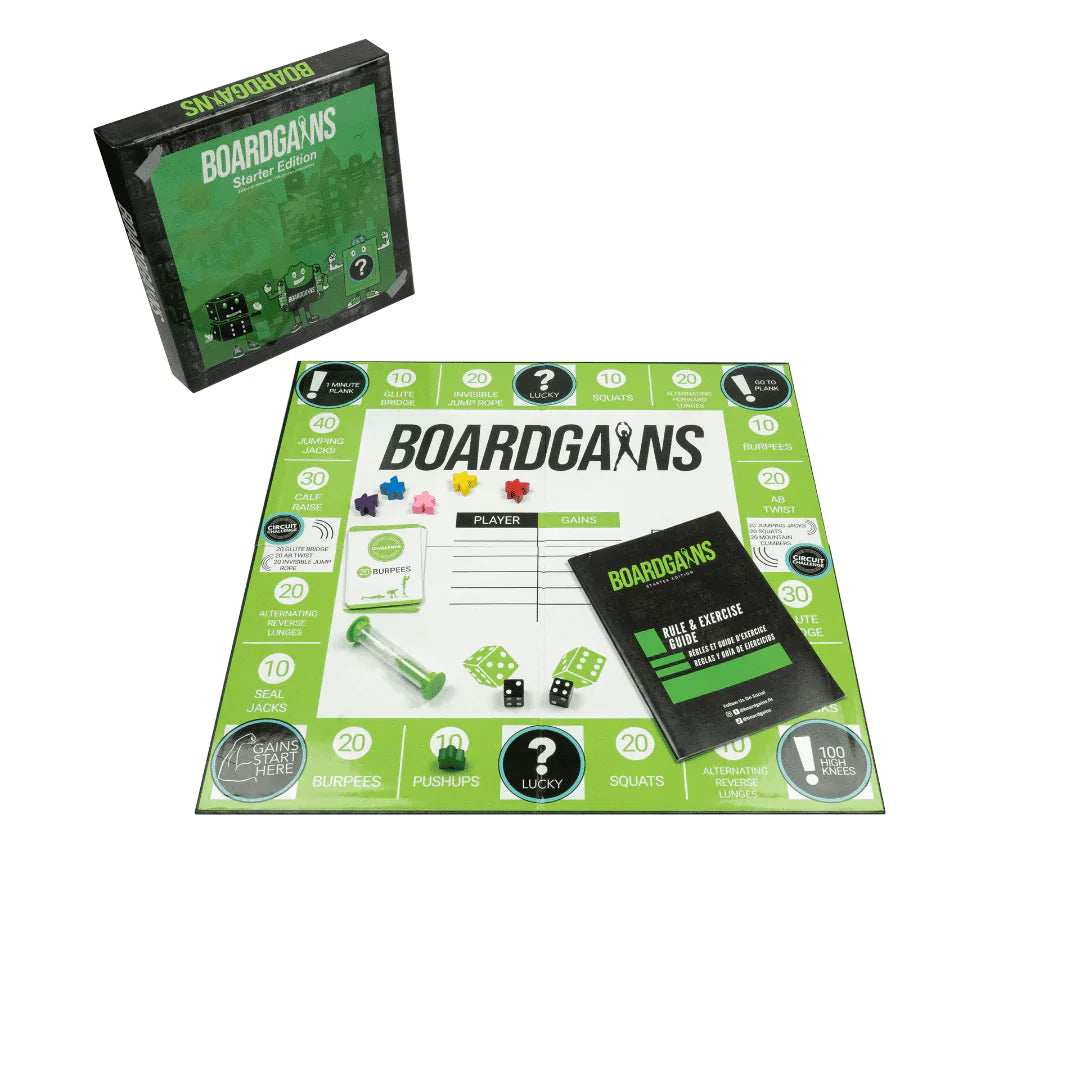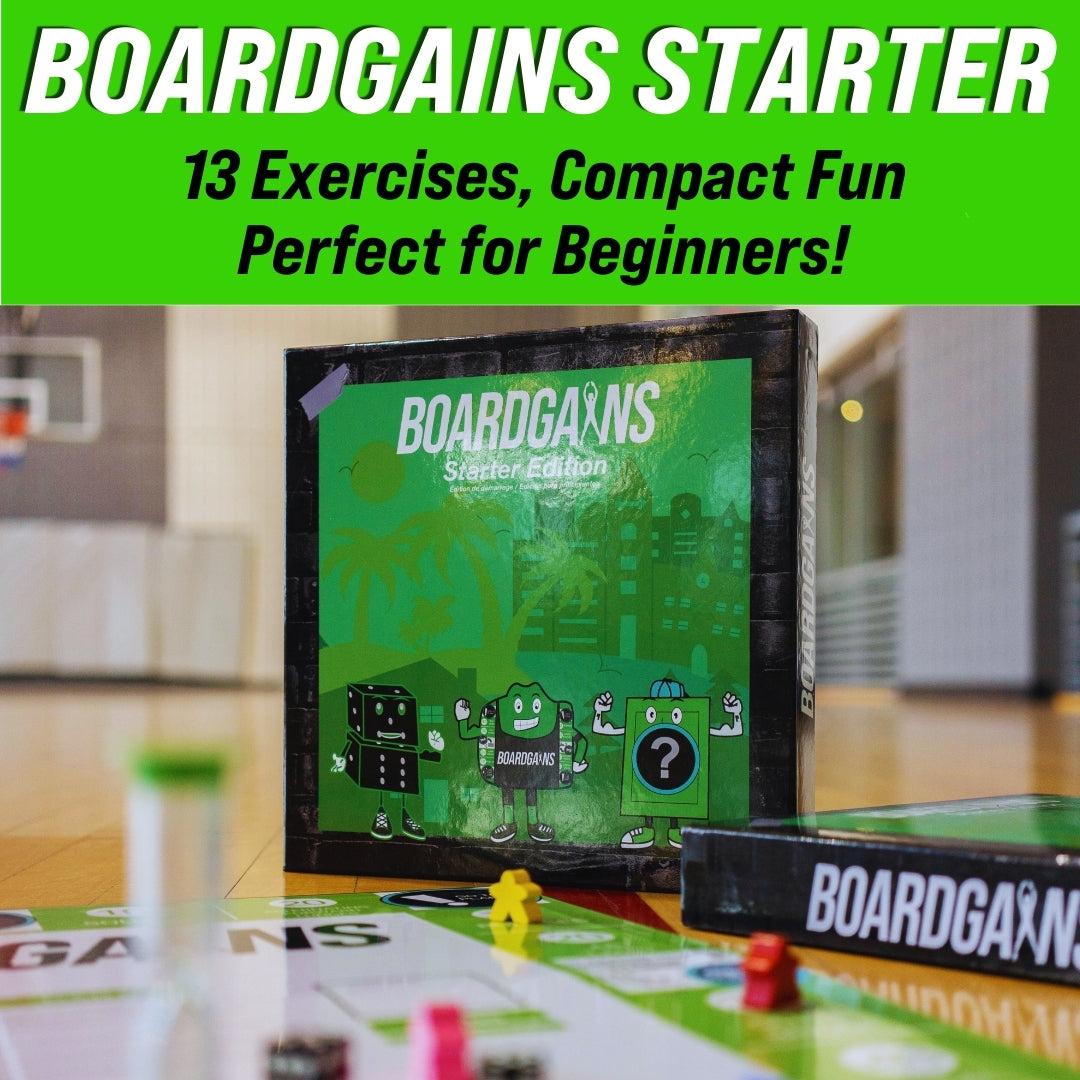Cardio, short for cardiovascular exercise, is a vital component of a well-rounded fitness routine. It strengthens the heart, improves lung capacity, and helps burn calories, making it an excellent choice for people at all fitness levels. In this article, explains the different types of cardio, their benefits, and the ideal heart rate zones for each. Whether you're a beginner or advanced, discover how to create a personalized cardio routine that aligns with your fitness goals and supports long-term health.
What is Cardiovascular Exercise?
Cardiovascular exercise refers to any physical activity that increases your heart rate and keeps it elevated over a sustained period. It’s designed to strengthen the heart and lungs, improve blood flow, and enhance oxygen utilization in the body.
Key Points About Cardio:
- Elevates heart rate.
- Boosts endurance and stamina.
- Improves cardiovascular health.
Cardio differs from strength training, which primarily builds muscle. Instead, it emphasizes endurance and calorie-burning efficiency, making it a staple for overall health.
The Science of Cardio and Heart Rate Zones
Heart rate zones are critical for understanding how your body responds to cardio workouts. Each zone corresponds to a percentage of your maximum heart rate (MHR), calculated as:
MHR = 220 - Age
Here are the five heart rate zones and their significance:
| HR Zone | % of MHR | Effect |
|---|---|---|
| Zone 1 (Very Light) | 50–60% | Recovery, improved circulation. |
| Zone 2 (Light) | 60–70% | Fat burning, improved endurance. |
| Zone 3 (Moderate) | 70–80% | Cardio conditioning, enhanced aerobic capacity. |
| Zone 4 (Hard) | 80–90% | Improved speed and performance. |
| Zone 5 (Maximum Effort) | 90–100% | High-intensity bursts, anaerobic endurance. |
Different types of cardio target various HR zones, allowing you to align workouts with specific fitness goals.
Types of Cardio Exercises
Cardio is versatile, with numerous types tailored to individual preferences and fitness levels. Here are the primary categories, along with their associated HR zones:
1. Aerobic Cardio
Aerobic exercises involve moderate intensity over longer periods, typically in Zone 2 or Zone 3. Examples include brisk walking, jogging, and cycling.
- Target HR Zone: 60–80% of MHR.
- Benefits: Improved endurance, fat loss, and cardiovascular health.
2. Anaerobic Cardio
Anaerobic exercises are high-intensity and short-duration, relying on energy stored in muscles. These activities typically fall into Zone 4 or Zone 5.
- Target HR Zone: 80–100% of MHR.
- Examples: Sprints, hill running, or plyometric drills.
- Benefits: Enhanced power and speed.
3. High-Intensity Interval Training (HIIT)
HIIT alternates between short bursts of intense activity (Zone 5) and recovery periods (Zone 1 or 2).
- Target HR Zone: 60–100% of MHR, depending on intervals.
- Examples: Sprint intervals, circuit training.
- Benefits: Burns more calories in less time and improves both aerobic and anaerobic capacity.
4. Low-Intensity Steady State (LISS)
LISS involves maintaining a consistent, low-intensity pace, usually in Zone 2.
- Target HR Zone: 60–70% of MHR.
- Examples: Brisk walking, slow cycling.
- Benefits: Ideal for beginners and those focusing on fat burning.
5. Sport-Based Cardio
Sports such as basketball, soccer, and tennis combine aerobic and anaerobic movements.
- Target HR Zone: 70–90% of MHR, varying with intensity.
- Benefits: Fun, dynamic workouts that improve agility and endurance.
Popular Cardio Exercises and Their Benefits
Walking and Running
Walking is a beginner-friendly option that stays in Zone 2, while running increases intensity into Zone 3 or higher.
- Walking Target HR Zone: 50–70% of MHR.
- Running Target HR Zone: 70–90% of MHR.
- Benefits: Improves cardiovascular health, supports weight loss, and strengthens lower-body muscles.
Cycling and Spinning
Cycling is adaptable to different terrains and intensities, while spinning classes often include HIIT-style elements.
- Cycling Target HR Zone: 60–80% of MHR (steady pace) or 80–90% (intense efforts).
- Benefits: Low-impact exercise that builds leg strength and endurance.
Benefits of Cardiovascular Exercise
Cardiovascular exercise is a cornerstone of a healthy lifestyle, offering a wide range of benefits that go beyond the surface.
1. Physical Benefits
-
Improved Heart Health:
Cardio strengthens the heart, enhancing its efficiency in pumping blood. This reduces the risk of heart disease, hypertension, and stroke.- Ideal HR Zone: Zone 2 or Zone 3 (60–80% of MHR).
-
Weight Management:
Cardio burns calories effectively, making it a go-to for weight loss or maintenance when paired with a healthy diet.- Optimal HR Zone: Zone 3 or Zone 4 (70–90% of MHR).
-
Enhanced Endurance:
Regular cardio builds stamina, allowing you to perform daily activities or sports with less fatigue. -
Better Lung Function:
Cardio improves oxygen exchange, making your lungs more efficient and boosting overall performance.
2. Mental Benefits
-
Stress Relief:
Cardio increases endorphin levels, reducing stress and promoting a sense of well-being. -
Improved Sleep Quality:
Engaging in regular cardio can help regulate sleep patterns, leading to deeper, more restorative rest. -
Cognitive Benefits:
Cardio boosts blood flow to the brain, improving focus, memory, and overall mental clarity.
3. Long-Term Benefits
- Reduced risk of chronic diseases, such as diabetes and certain cancers.
- Slows aging by improving cellular health.
- Promotes longevity and a better quality of life.
Advanced Cardio Techniques
For seasoned fitness enthusiasts, advanced cardio techniques can add variety, prevent plateaus, and maximize results.
1. Interval Training
Alternating between high-intensity and low-intensity intervals is highly effective for fat loss and endurance.
-
Example:
- Sprint for 30 seconds (Zone 5: 90–100% MHR).
- Walk or jog for 1 minute (Zone 2: 50–60% MHR).
- Repeat for 10–20 minutes.
-
Benefits: Increases calorie burn, improves both aerobic and anaerobic fitness.
2. Progressive Overload
Gradually increase your workout intensity by:
- Adding incline during runs or walks.
- Increasing cycling resistance.
- Extending workout duration.
3. Combined Cardio and Strength Training
Incorporate cardio into circuit training routines, alternating between strength and cardio exercises.
-
Example:
- 30 seconds of jump squats (Zone 4).
- 30 seconds of push-ups.
- 30 seconds of burpees (Zone 5).
4. Hybrid Workouts
Hybrid workouts combine two or more activities, such as cardio and strength training, within a single session. These workouts are designed to:
- Engage multiple muscle groups.
- Improve cardiovascular endurance.
- Build strength and overall fitness.
- Provide variety to keep workouts dynamic and challenging.
By mixing different training modalities, hybrid workouts target a wide range of fitness components, including power, speed, endurance, and agility.
How Hybrid Workouts Work
Hybrid workouts alternate or blend activities to target different muscle groups and energy systems. Here’s how they can be structured:
1. Strength Training and Running
Combining running with strength exercises creates a workout that boosts endurance and muscle power simultaneously.
- Example:
- 400-meter sprint (Zone 4).
- 10 kettlebell swings and 10 push-ups.
- Repeat for 4–5 rounds.
- Benefits: Enhances cardiovascular fitness while building lower and upper body strength.
2. Strength Training and Rowing
Adding rowing to a strength training circuit incorporates both upper-body pulling strength and cardio endurance.
- Example:
- 500-meter row (Zone 3).
- 15 dumbbell thrusters.
- 10 pull-ups.
- Repeat for 3–4 rounds.
- Benefits: Improves pulling strength, core stability, and aerobic capacity.
3. Swimming and Running
This combination pairs the low-impact, full-body nature of swimming with the high-impact, endurance-building benefits of running.
- Example:
- 200-meter swim (Zone 2).
- 800-meter run (Zone 3).
- Repeat for 3–4 rounds.
- Benefits: Balances impact on joints while challenging cardiovascular endurance.
4. Cycling and Rowing
Alternating between cycling (lower body) and rowing (upper body) ensures balanced muscle activation and challenges both aerobic and anaerobic systems.
- Example:
- 5 minutes of steady cycling (Zone 3).
- 2 minutes of intense rowing (Zone 4–5).
- Repeat for 4–5 rounds.
- Benefits: Builds leg endurance, back strength, and cardiovascular efficiency.
5. Strength Training with Functional Cardio
Incorporate movements like burpees, sled pushes, or farmer’s carries between strength training sets for a full-body workout.
- Example:
- Deadlift (5 reps).
- 30-second burpees (Zone 4).
- Rest for 1 minute.
- Repeat for 3–5 rounds.
- Benefits: Improves strength, power, and cardiovascular endurance simultaneously.
Benefits of Hybrid Workouts
- Total-Body Engagement: By combining strength and cardio, hybrid workouts engage all major muscle groups for balanced fitness.
- Time Efficiency: They allow you to target multiple fitness goals in a single session, saving time.
- Enhanced Endurance: Alternating activities improves aerobic and anaerobic capacity.
- Variety: The mix of exercises keeps workouts exciting and reduces the risk of burnout.
- Joint Relief: Pairing high-impact exercises with low-impact activities reduces strain on joints.
Common Myths About Cardio
Despite its benefits, cardio is surrounded by misconceptions. Let’s debunk some of the most common myths:
1. “Cardio Kills Muscle Gains”
This myth assumes that cardio hinders muscle growth. In reality, moderate cardio can complement strength training, improving recovery and endurance.
2. “More Cardio Means Faster Weight Loss”
Excessive cardio can lead to overtraining, fatigue, and potential muscle loss. A balanced approach, combining cardio and strength training, is more effective.
3. “HIIT is Always Better than LISS”
While HIIT is efficient, LISS is equally valuable, especially for beginners or those recovering from injuries. Both have unique benefits and should be included in a well-rounded routine.
4. “You Need Equipment for Cardio”
Bodyweight exercises, walking, or jogging outdoors require no equipment and are excellent cardio options.
How to Create an Effective Cardio Routine
Crafting a personalized cardio routine ensures you get the most out of your workouts.
1. Define Your Goals
Determine your primary focus:
- Weight Loss: Emphasize HIIT and Zone 3/4 activities.
- Endurance: Focus on LISS and Zone 2 workouts.
- Performance: Incorporate sport-specific cardio and interval training.
2. Choose the Right Type of Cardio
Pick activities you enjoy to stay motivated. Examples include walking, swimming, running, or dance-based cardio like Zumba.
3. Plan Frequency and Duration
- Beginners: 3–4 sessions per week, 20–30 minutes each.
- Advanced: 5–6 sessions per week, mixing short, intense workouts and longer, steady-state sessions.
4. Monitor Progress
Use a fitness tracker or smartwatch to monitor heart rate, calories burned, and distance covered.
5. Include Recovery Days
Incorporate rest or active recovery days (Zone 1 activities like stretching or yoga) to avoid overtraining.
FAQs About Cardio
-
How much cardio should I do weekly?
Aim for at least 150 minutes of moderate-intensity cardio or 75 minutes of vigorous activity per week. -
Can I do cardio every day?
While light cardio like walking is safe daily, intense workouts should include rest or recovery days to prevent overtraining. -
Is it okay to combine cardio and weightlifting?
Yes, alternating them or performing them on the same day can yield excellent results. -
What’s the best pre-workout meal for cardio?
A small snack rich in carbs, like a banana or oatmeal, provides energy for optimal performance. -
Which HR zone is best for fat loss?
Zone 2 or Zone 3 is most effective for burning fat while preserving energy levels. -
Does fasted cardio burn more fat?
While fasted cardio may tap into fat stores, the overall calorie burn depends on the total intensity and duration of your workout.
Conclusion
Cardio is a versatile and effective form of exercise that offers numerous physical, mental, and long-term health benefits. By understanding the different types of cardio and their associated heart rate zones, you can tailor your routine to your goals and fitness level. Whether you’re a beginner or an advanced athlete, incorporating a mix of LISS, HIIT, and sport-based cardio ensures you stay motivated and achieve optimal results.










Leave a comment
This site is protected by hCaptcha and the hCaptcha Privacy Policy and Terms of Service apply.